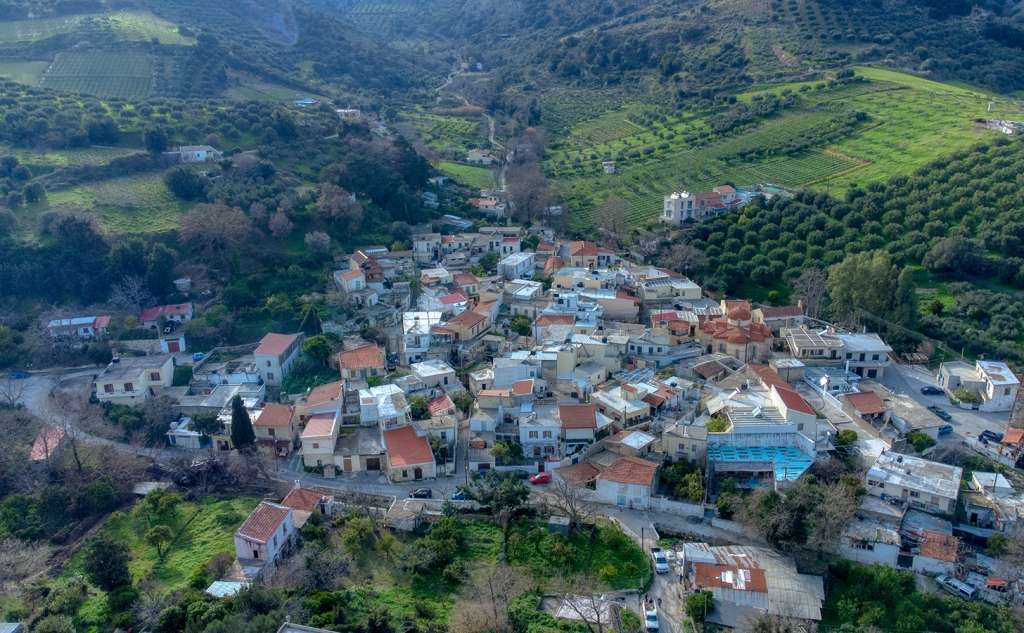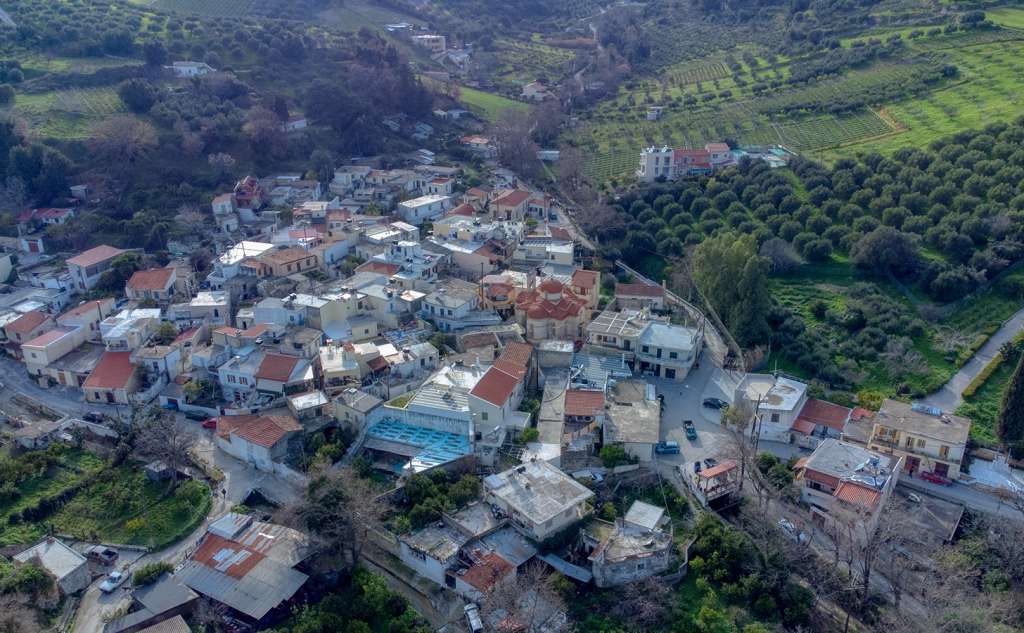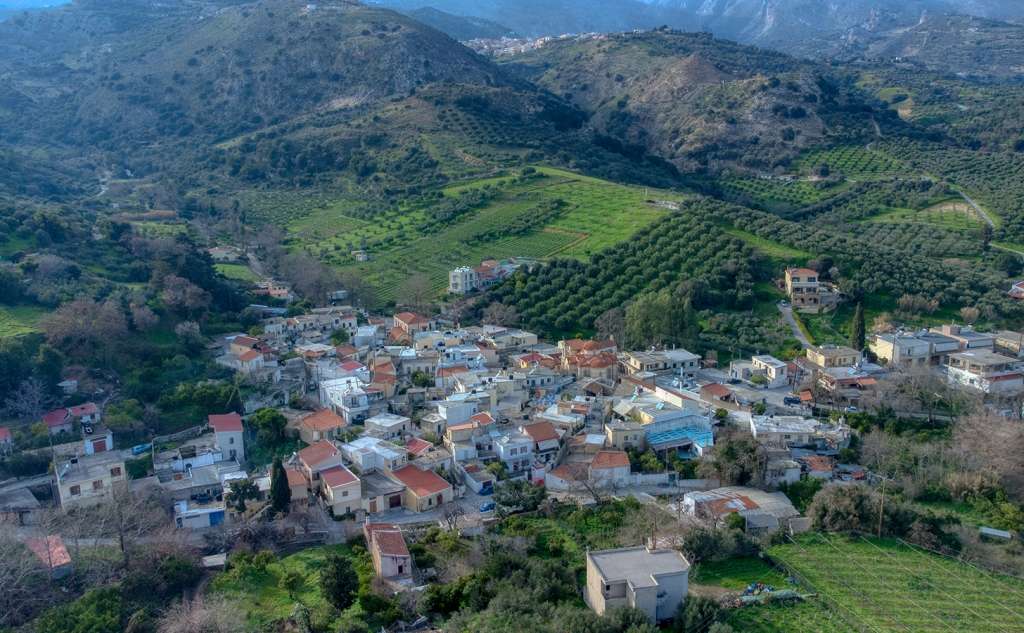






The village of Sarchos is built at an altitude of 240 metres and is 22 kilometres from Heraklion. It has about 165 permanent residents. The name of the village probably comes from the God and hero Archos. In the 13th century, the village was mentioned in the purchase and sale of wine, while in 1577, it was mentioned by Barrozi as Saragho. In 1583, the Castle Guard was referred to by the name Saragho with 82 inhabitants. Also, in 1834, it was referred to as Sarkos with 20 Christian families in the Egyptian census.
On August 13th, 1944, the Germans executed 20 Sarchians and the president of the community, George Z. Christodoulakis. A few days later, 15 more people were executed. Sarchos has been described as a "martyrdom village", and, every year, a memorial service is held for those executed by the German troops.
In the village, the visitor can see the churches of Panagia Theotokos, Agios Nikolaos and Timios Stavros. Every year, on September 13th, on the day of the Holy Cross celebration (which is also the village's patron saint), a festival is held with live music and rich food. Of particular interest is the church of Panagia Kera, which is located 1.5 km from the village. It is one of the most beautiful churches in the area, with beautiful frescoes and unique sculptural decoration.
To the west of the village, in a green valley, the historical cave of Sarchos is located. The cave (also known as Chonos or Bat Cave) is one of Crete's largest and most important caves. In Sarchos, the visitor can also see the restored traditional watermill and the traditional olive mill, which, today, functions as a Folklore Museum. Of particular interest is the Exhibition of Historical and Folklore Heritage housed in the old Primary School of the village. There, you can see items, documents, etc., that highlight the village's folklore and history. The library also houses the library of the Malevizi Cultural Association.